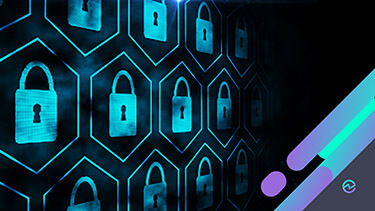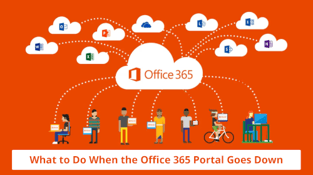Is My Workplace safe as an IT Professional in a Cloud Based World
"Will my job as an IT professional still be needed if my employer moves the IT infrastructure to...


Many organizations regard their people as their greatest asset. There is no disputing that the ability to hire great talent is a critical component to success, but in today’s pandemic-work-from-home world these great assets could also pose the greatest risk to your business.
No amount of technology can account for human nature. You may already have invested in the best security solutions, but all it takes is a single click of a phishing email. I like to refer to this as a people problem – something that technology cannot solve entirely.
Organizational Change Management (OCM) practices have taken off in recent years and I have long been of the opinion that the most successful projects are those with heavy OCM involvement – I’ve experienced it for myself. For the longest time though, we’ve had the tendency to only involve or interact with the user community when we’re about to change something, often times going to great extents to avoid this interaction. Bad actors are constantly evolving and maturing their methodologies. Doesn’t it make sense for us to evolve our awareness and user education programs as well? I have previously written about this and thought I would go into a little more detail.
Security is everyone’s responsibility – by this I don’t mean everyone in the organization should also become cybersecurity professionals, instead I mean everyone has a responsibility to be diligent in their daily duties and informed about active and emerging threats. I know many organizations already have user education programs in place that typically involve some outdated computer based learning modules that are a required part of employee onboarding. Sometimes these need to be completed once a year. My opinion of these is that in many instances they do nothing more than “tick a compliance box” and are at best a 1999 solution to a 2021 problem. Similarly, some organizations run internal phishing campaigns to test their user community – these are great except when the results of these campaigns are published as top 10 name and shame lists or worse still for disciplinary action instead of being used to educate and empower. It is our responsibility as technologists to help keep our user communities informed and arm them with the knowledge they need to make the right decisions.
I believe the best approach here is a program that is iterative in nature and uses a combination of process and technology. Engagement and buy-in from the user community is key – fear mongering will not achieve the desired results. It could start with something as simple as a regular company-sponsored lunch and learn – yes, there is some investment required, but if you consider that in 2020 the average cost of a data breach was $3.86 million it will be worthwhile.
Developing a security awareness program isn’t something you can do overnight, and it certainly isn’t something that you can ‘set and forget’. Here are some additional tips that might be useful when planning your program or to help improve the program you already have in place today:
Lastly, there are some great tools you can use to help make your life easier. The Report Message and Report Phishing add-ins for Outlook and Outlook on the web are a great way to empower users to easily report false positives or false negatives to Microsoft for analysis. It is important however to educate users on the process, the difference between a false positive and a false negative and how their reports are used.
If your organization has Microsoft 365 E5 or Microsoft Defender for Office 365 Plan 2, you can use Attack simulation training in the Microsoft Security Center. These simulated attacks are a great teaching aid when used correctly.
The ENow Office 365 Monitoring and Reporting tool uncovers cracks in your Microsoft Office 365 environment and enables you to identify any deficiencies, issues, and root cause of outages quickly and holistically. With an extensive list of built-in reports, ENow also gives you the ability to customize, create new, or save your own PowerShell scripts directly within our console using a wizard.
Advanced monitoring using synthetic transaction probes and reporting of all key components of your entire Office 365 environment, including:
Access your FREE 14-day trial to proactively monitor all critical aspects of your Office 365 environment.

Office 365 MVP, Exchange MCM, Technology Consultant


"Will my job as an IT professional still be needed if my employer moves the IT infrastructure to...


The Office 365 Portal is the main portal site for users to access their O365 cloud apps and admins...